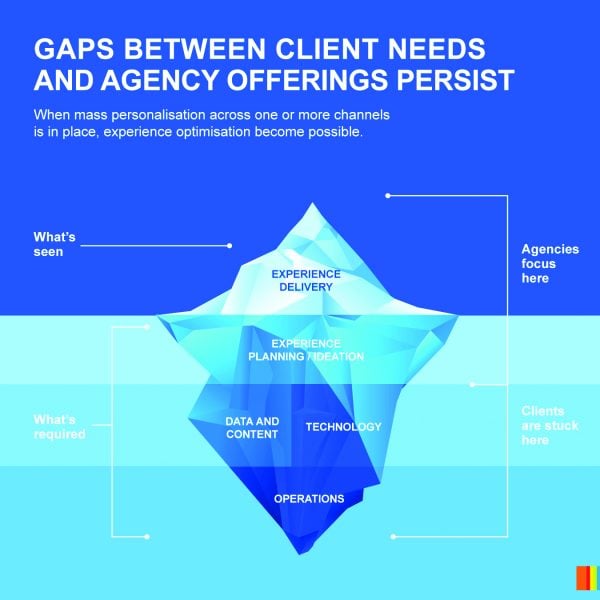By Curtis Schmidt, MENA president and chief growth officer, RAPP

Gone are the days when shoppers had a lifetime commitment to brands or products – regardless of convenience or price – because, why would they?
Successive financial crises and a global pandemic have made consumers smarter, thriftier and more willing to shop around.
As markets have globalised and boards have focused on penetration and overall market share, companies have defined success in terms of pure acquisition, often at the expense of total customer lifetime value or the holy grail, customer loyalty. The trend is clear: brands need people more than people need brands, and to truly build loyalty, brands need to understand what value really means to consumers.
Loyalty has a new face, and it is pre-purchase preference
Traditionally, loyalty programmes have given customers a reward post-purchase. With just 37 per cent of customers saying that this will drive repeat purchase from them, the return on investment from these often extremely costly and human-powered programmes doesn’t add up.
Driving preference pre-purchase is the golden ticket to retail survival. Preference lives and dies in the end-to-end experience your customers have with your brand. CRM alone, a points programme in a silo or a killer campaign by itself just won’t cut it anymore. The best marketing in the world can’t undo a bad experience, and a single great touchpoint isn’t enough for customers to return time and again. It’s about learning who your customer is, and why they are currently exploring your brand.
In our post-cookie world, ethical and transparent profiling of your customers as they experience your owned platforms, to understand behaviour pre-purchase, is more important than ever before.
Personalisation is here: use it or lose
Brands that have taken to increasing their offers and soft benefits based on the lifestyles and behaviours of their customers are blurring the lines between loyalty programmes and digital services or customer experiences. Interactions, linked to data, linked to content, linked to context and pushed through various digital channels require a new level of automation and, increasingly, machine learning to enable real-time delivery of information, offers and experiences that customers actually choose to engage with. This requires brands to have a technology investment roadmap that supports business objectives and achieves executive sponsorship.
The future is relationship commerce
It’s time to shift gears: from data collection to data generosity, and from push communication to pull preference management through consensual data and engagement triggers. We need to stop doing what we’ve always done, and creatively differentiate ourselves by driving tangible and emotional customer value. Recurring revenue models – such as membership and subscription programmes that have technology and data at the head and customer experience at the heart – are examples of innovations that are gaining traction right now. Future-proof organisations are moving towards value exchanges based on better experiences (think Amazon) in return for consensual customer data that makes experiences better. This has one huge residual effect: it helps internally democratise business intelligence through customer-centric reporting, providing a granular view of mutual value exchange between consumer and company.
Experience. Experience. Experience.
This is the mantra of the future of loyalty. As part of that framework, RAPP has developed ‘The Five Cs’, five core value levers shown to shape new customer loyalty: control (don’t back me into a corner); choice (help me navigate my options); community (I want to be part of something); clarity (be clear more than you are clever); convenience (do the hard work for me).
RAPP’s prediction is that those who don’t future-proof their businesses to deliver personalisation at scale are leaving themselves extremely vulnerable. We, marketers, need to realise that as the region, and the world at large, settles into a new normal, there’s a new loyalty normal, where the key competitor is your brand’s ability to drive repeat purchases through engaging human experiences. Are you ready for it?










